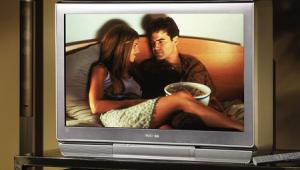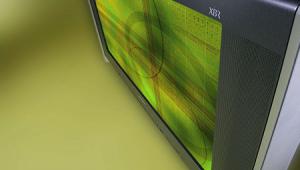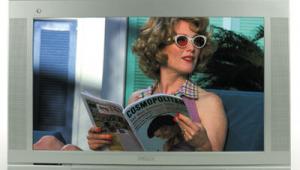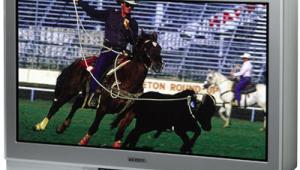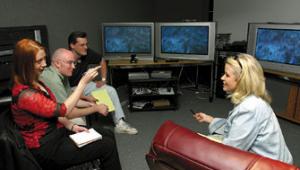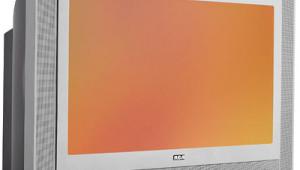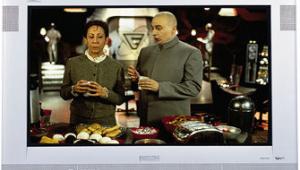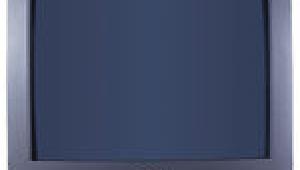Face Off: The Bridge on the River DTV What Do You Think?
As I said in the Face Off, the Sony was the clear winner for me. There were compelling aspects to each of the other sets, but each seemed to have at least one flaw (e.g., the Panasonic's high color temperature or the RCA's lack of a line doubler and an anamorphic mode) that would have been an issue for me, whereas the Sony did not. It obviously didn't hurt that the Sony, in my mind, also had the best picture performance (the most important factor by far), as well as the most worthwhile features. The anamorphic widescreen mode is critical for a 4:3 set, and I seriously doubt that I would buy one without it at this point. I don't want a 16:9 set as my multipurpose television because I still watch a good deal of 4:3 material and I can't stand bars on the sides of the picture. I'll take a 16:9 set in my home theater (like I really have one) or down the line when 16:9 broadcasts have become more common. For now, though, a hybrid 4:3 set is the perfect choice—especially one that looks as good as the Sony.—Chris Lewis
To me, the three most important features on a direct-view TV are picture accuracy, the ability to play full-screen 4:3 programming, and the ability to take advantage of anamorphic widescreen DVDs and HDTV images in a 16:9 aspect ratio. For me, the best choice in this Face Off, given these parameters, was the Sony display. It offers an accurate picture that displays 4:3 images full-screen, as they should be seen, but it still provides a 16:9 mode for DVDs. While this mode looks similar to a widescreen image letterboxed to fit into the 4:3 frame, it's not. The entire image is being scanned in the 16:9 area and therefore has significantly more resolution and, most likely, fewer motion artifacts. The RCA TV lost by a hair, for no other reason than it lacked the same 16:9 mode. The RCA set's cost would allow you to add a DVDO line doubler ($700), which would give you a better 4:3 image than the Sony with DRC. Of course, I could add the line doubler to the Sony, but that would drive the price well out of the budget ballpark.—Mike Wood
My opinion, as always, differed slightly from the guys'. I'd definitely like my home theater to have a display larger than 32 inches. Especially if I were in the market for a DTV, I'd save my pennies for a larger set. So, I approached this Face Off as if I were evaluating sets for the system in my master bedroom or den. What a treat it was to see five properly calibrated TVs in a row—something that's not likely to happen in any of the mass-market chains. At any rate, the two sets that I lingered over were the Sony and the Panasonic. The Sony had amazing detail and clarity, but I just couldn't get over the level of white that the Panasonic was able to achieve. This is where I wholeheartedly disagreed with Chris. The Panasonic's picture was pristine. I would definitely be willing to swap a little detail for that white level. So, I liked the Panasonic first, and the Sony was a close second. I thought throwing a 16:9 set, the Samsung, into the 4:3 mix also added to the fun and fostered the idea of a 16:9 set in my master bedroom, where I'm more likely to curl up and watch DVDs anyway.—Maureen Jenson
I like my TV: It's fairly small, and it's only NTSC, but it was cheap (less than $400). So, you can imagine that, going into this Face Off, I was coming from a different perspective than the other reviewers. To me, these were big, expensive TVs. Imagine my surprise when none of them really blew me away. There was something negative about each one that made me glad that I have the TV that I do. I liked the Panasonic for its great skintones, sharp whites, and vibrant greens, but it was just too blue, even for my taste. The Sony had the best picture quality by far, but its skintones were just too red on every color-temperature setting. If these problems were remedied, I would upgrade to either one in a heartbeat. Then, maybe the rest of my home theater system would stop mocking me about my cheap TV.—Geoffrey Morrison
- Log in or register to post comments
